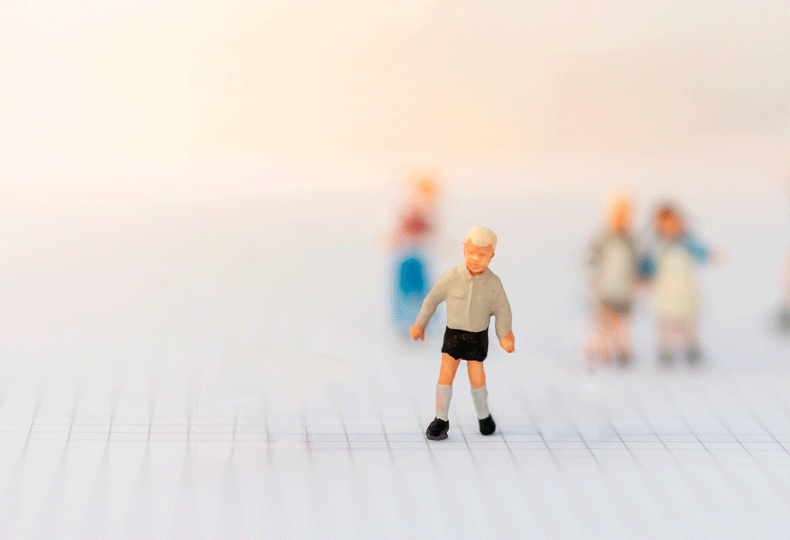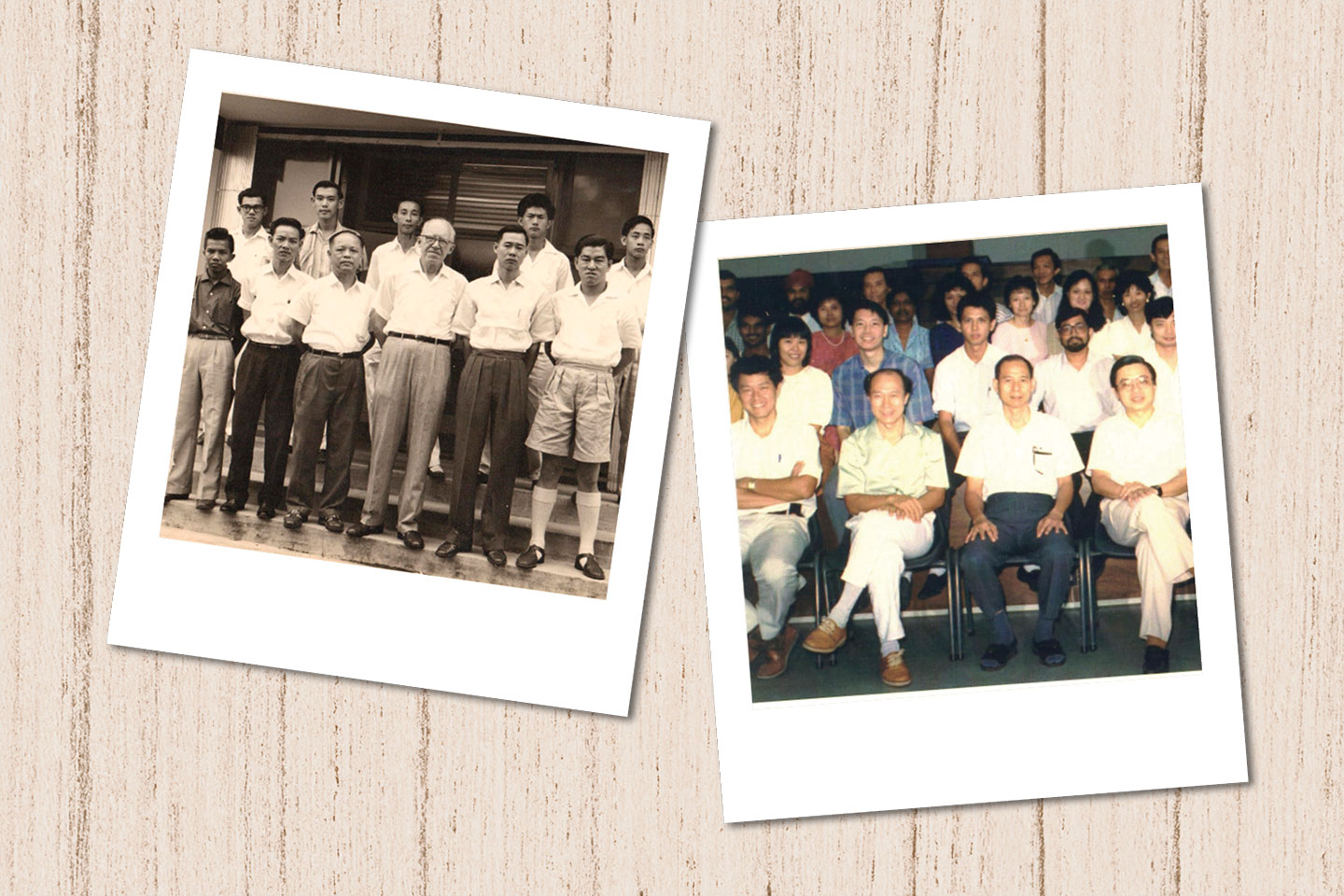
Issue 42 / May 2022
Insights
Genetic Ancestry Matters in Childhood Leukemia Treatment Success

Race is an important context for understanding varying outcomes in childhood leukemia treatment.
Researchers from the Yong Loo Lin School of Medicine and St Jude Children’s Research Hospital in the United States have shown that it is important to consider race and genetic ancestry in treating acute lymphoblastic leukemia in children.
The team studied the impact of genetic ancestry on childhood acute lymphoblastic leukemia (ALL), the most common type of childhood cancer. They found that ancestry itself is associated with differences in biology of ALL, and is also an independent factor contributing to differences in treatment outcomes.
The doctors evaluated an international cohort of more than 2,400 children, including more than 400 paediatric patients from Singapore and Malaysia, to determine how genetic ancestry affects leukemia biology and outcomes under modern therapy. They found that several molecular subtypes were associated with East Asian ancestry (e.g. Chinese children). They also established that South Asian (e.g. Indian) and East Asian children have one of the best survival outcomes in the world. The findings were published in the March edition of JAMA Oncology.
“The world is becoming increasingly diverse, and so are children with cancer. As we look to the next generation of therapies for ALL, it’s going to be essential we consider the diversity of this cancer on a global scale.”
Dr Jun J. Yang, Pharmacogenomics Expert, Corresponding Author
While children with East Asian ancestry had survival rates similar to those of Caucasian children, previous research has shown that their genetic makeup showed genetic variations that render some medicines highly toxic for them, said Dr Shawn Lee, the lead author of the study and a Consultant in the Division of Paediatric-Hematology Oncology at the National University Hospital (NUH) who is currently on a research fellowship at St Jude Children’s Research Hospital in Tennessee, US. “We need to review the application of therapies that were actually developed for Caucasian children and which do not work in exactly the same way in children of other races.”
Added Dr Jun J. Yang, a pharmacogenomics expert and corresponding author of the study, “The world is becoming increasingly diverse, and so are children with cancer. As we look to the next generation of therapies for ALL, it’s going to be essential we consider the diversity of this cancer on a global scale.”
A need to understand why some children do better than others in ALL treatment
Racial disparities exist in both the incidence and treatment outcomes for childhood with ALL. Globally, researchers have noted that Caucasian and Asian children do better than Blacks or Hispanics/Latinos. Locally and regionally, paediatric oncologists like Associate Professor Allen Yeoh, Senior Consultant in the Division of Paediatric Hematology-Oncology in NUH and co-investigator of the study, has observed for many years that Indian children seem to fare especially well, most of whom are cured. However, the exact reason for these racial differences are still not clear.
There is limited data on the genetic basis for such disparities. One main problem is that most of the studies and trials in childhood ALL currently are performed in Western countries (US and Europe), with children of European descent (White/Caucasian children) forming the bulk of genomic studies, and only a small proportion of Asian children. Moreover, although Asian populations include South Asians (Indians, Pakistanis, etc.), East Asians (Chinese, Japanese, Korean, etc.) and Southeast Asians (Malays, Indonesians, etc.), are genetically distinct and separate populations, current research studies typically do not distinguish and differentiate between these ethnic groups. There is therefore a lack of information on the genomics of Asian children in childhood leukemia. “We are increasingly shifting into a world of precision medicine and individualised therapy. This information helps researchers to better individualise ALL treatment according to ancestry and biology, through refined risk stratification or design of biology-driven treatment protocols. We aim to conduct more studies and further understand the underlying biology so that we can close these gaps in survival,” said Dr Lee.

Specific associations of biology with East Asian ancestry in childhood ALL
The study that Dr Lee and Dr Yang led looked at children from various populations in North America (US), Southeast Asia (Singapore and Malaysia), and Latin America (Guatemala). These represented children of very diverse descent—European, African, Native American, East Asian and South Asian. In this cohort, there were more than 400 Asian children from Singapore and Malaysia. The researchers used a genomic technique called whole-transcriptome sequencing (RNA-sequencing) to comprehensively characterise ALL molecular subtypes and the genetic ancestry of each child. Determining ALL molecular subtyping is very important because different subtypes have different treatment implications and prognoses.
“Although this has been observed for a while now, this is the first time that the excellent survival outcome of this group of children has been reported in the context of modern-day therapy and on a global comparison with other races/ancestries.”
Associate Professor Allen Yeoh, Senior Consultant in the Division of Paediatric Hematology-Oncology, NUH, and co-investigator of the study
For the first time, genomics of childhood ALL are reported at a very granular level in Asian patients (Chinese, Indians and Malays). They show that children of East Asian ancestry (i.e. Chinese ) have strong associations with subtypes such as DUX4 with good prognosis, and negative associations with subtypes with poorer prognosis such as BCR-ABL1-like.
In particular, East Asians (i.e. Chinese) and especially South Asians (i.e. Indians) have excellent ALL survival, as good or even better than Caucasian children (who have always been regarded as having the best outcomes in ALL). Specifically, Indian children have the best survival rates and one of the lowest relapse rates. Although this has been observed for a while now, this is the first time that the excellent survival outcome of this group of children has been reported in the context of modern-day therapy and on a global comparison with other races/ancestries.
Need for consideration of Asian diversity in ALL research and treatment
“More importantly, this work, through showing the global racial diversity of childhood ALL, demonstrates the need to shift the overall paradigm of representation and diversity in cancer research. Currently, almost all therapies developed in ALL are based on Caucasian children, and the findings are then extrapolated to Asian children. For children in Singapore and other Asian countries, ALL (or cancer) therapy must take into account racial diversity. As we look to the next generation of therapies for ALL, it is essential that we consider the diversity of this cancer from an Asian perspective,” said Dr Lee.
Success of Malaysia-Singapore protocol and treatment of Asian children
The majority of Asian children evaluated in this study were treated on Malaysia-Singapore (Ma-Spore) ALL protocols. Developed by NUS Medicine faculty staff and paediatric oncologists at the NUH Associate Professor Allen Yeoh and Associate Professor Quah TC, and other Ma-Spore collaborators from KK Women’s and Children’s Hospital, Universiti Malaysia Medical Centre (Malaysia) and Subang-Jaya Medical Centre (Malaysia), this leukemia protocol is designed and tailored to the needs and profile of the region. This work highlights the success of this protocol, in being able to achieve survival outcomes for Asian children that are very comparable (or even better) than the West.




